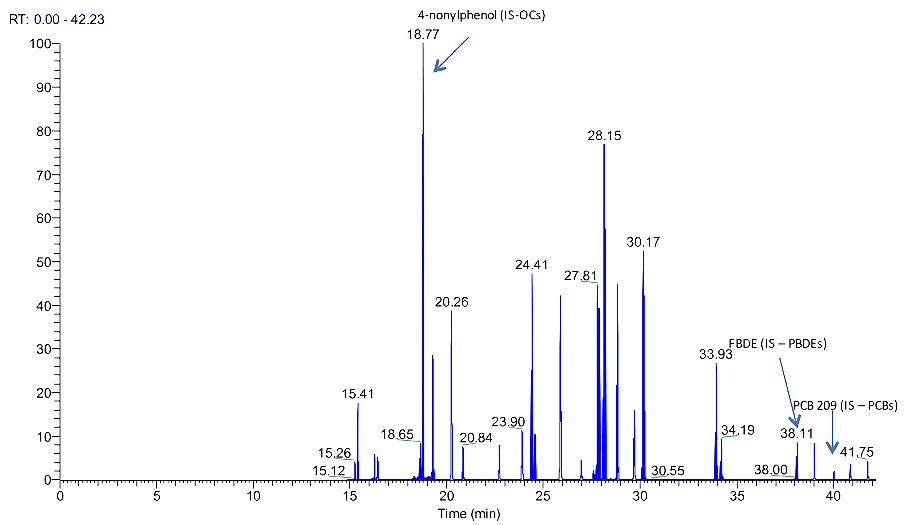Gas Chromatography Mass Spectroscopy (GCMS)

Gas Chromatography-Mass Spectroscopy (GCMS) combines two instrumental systems: a gas chromatograph component where the sample is volatized, followed by a mass spectrometer, which filters the incoming gaseous particles by their mass. This system outputs a quantitative representation of the chemicals present in a sample.
Strengths
- Highest sensitivity for identification of trace organic impurities / contaminants
- Requires minimal sample volume
- Optimized for organic compound analysis
- Cost-effective chemical analysis
Limitations
- Requires time-intensive data analysis / interpretation
- Destructive analysis
- Cannot directly analyze non-volatile, polar, or combustible samples

